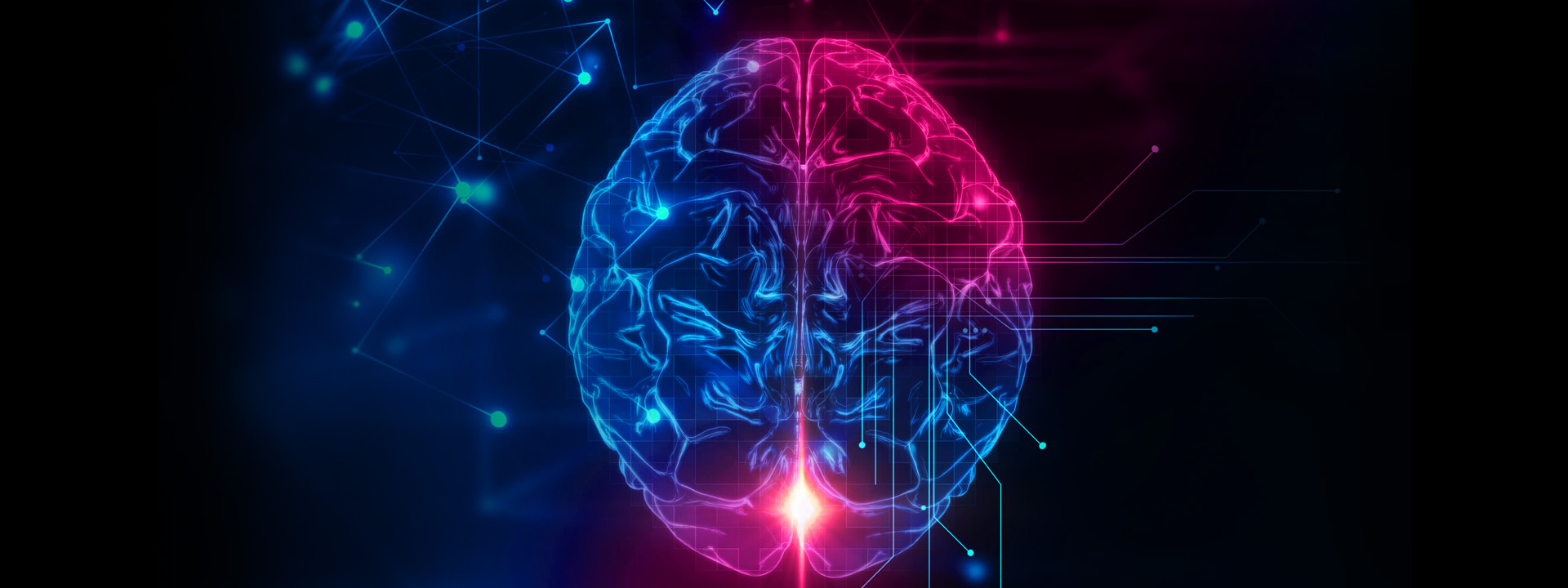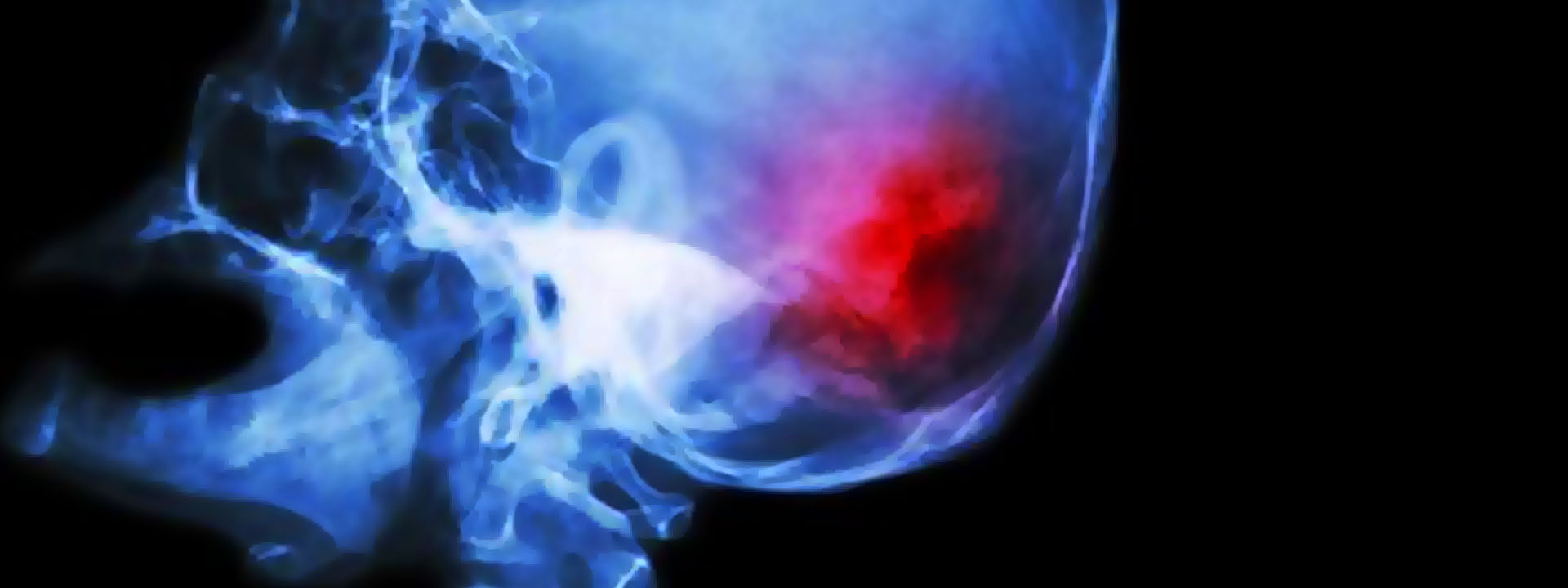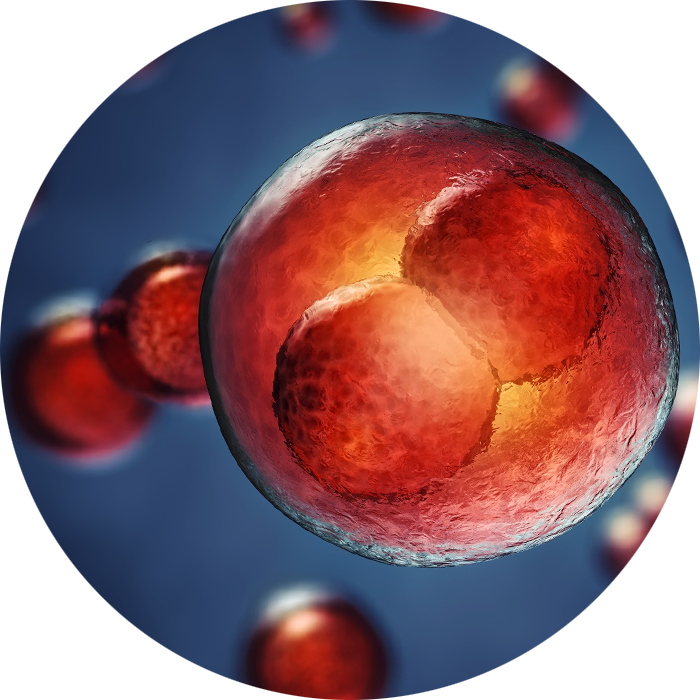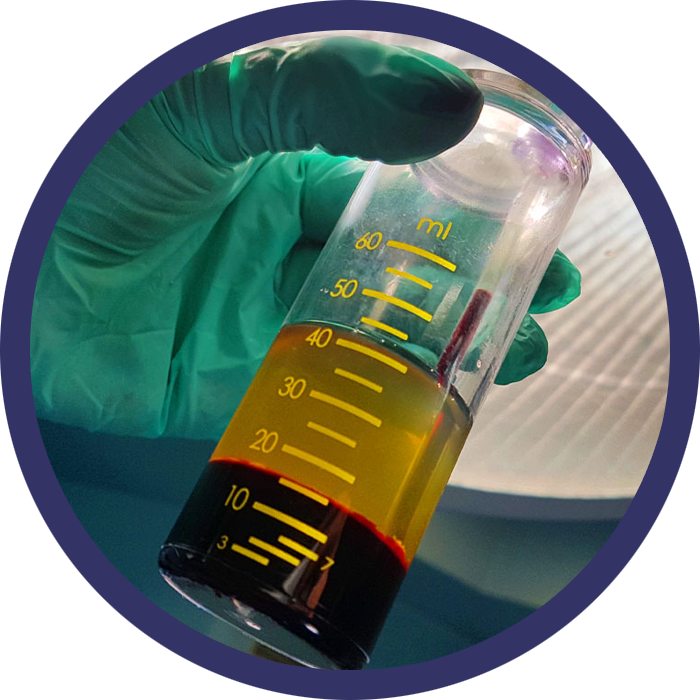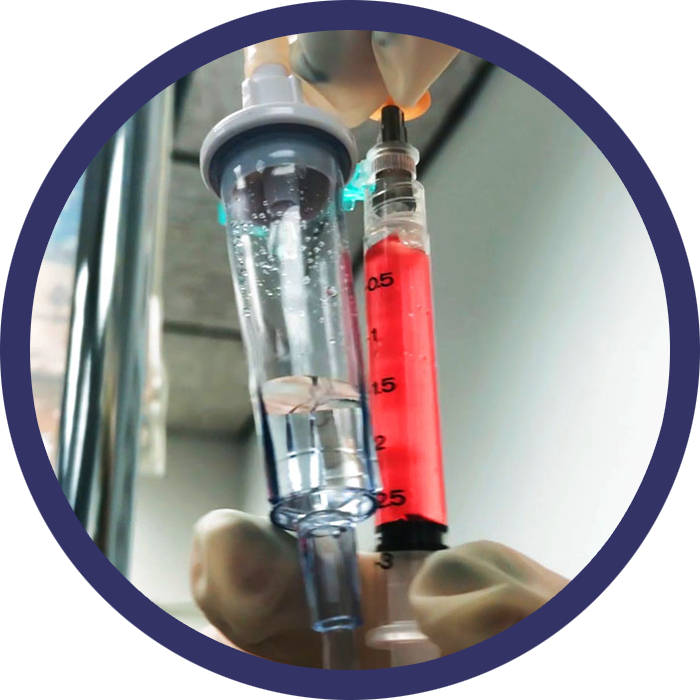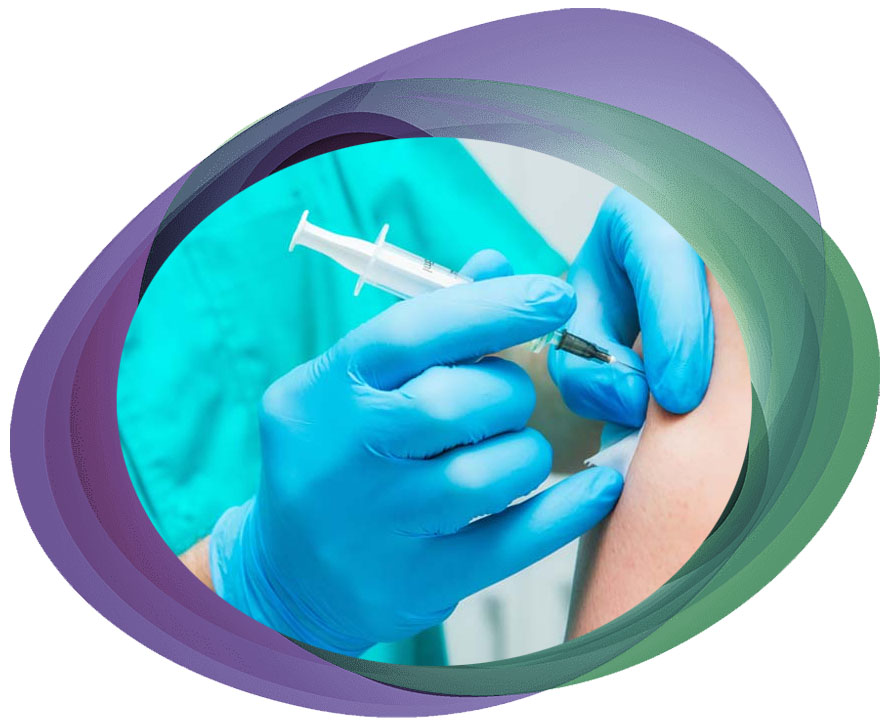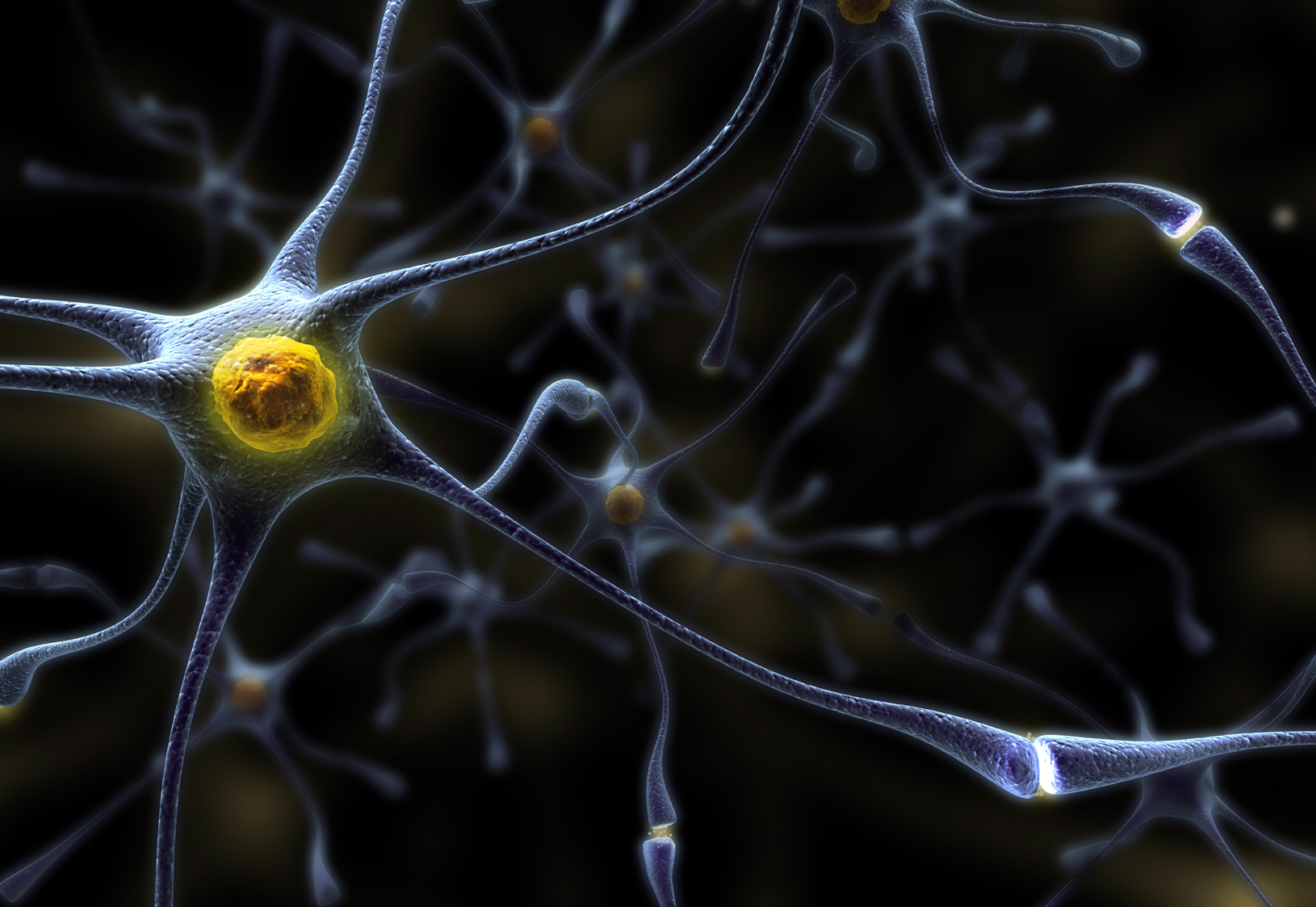
Our therapeutic program approaches these medical conditions by involving the transplantation of stem cells, the concept of treatment primarily focuses on the replacement of lost neurons and the restoration of neural tissue structure.
Neurodegenerative diseases (NDs), such as Alzheimer’s disease, Huntington’s disease, and Parkinson’s disease are characterized clinically by their subtle onset but chronic progression and involve the degeneration of defined neuronal phenotypes in the central nervous system (CNS).
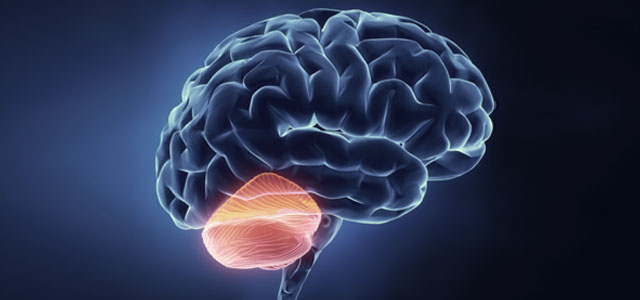
Infusing Highly concentrated cells induces neuroprotection that involves anti-inflammatory and immunomodulatory effects, and that neurotrophic factors act through paracrine and/or autocrine interactions between transplanted Culture-expanded cells and the neural microenvironment.
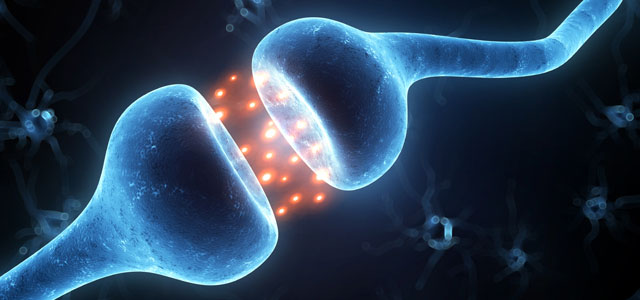
In recent years, numerous studies have shown that stem cell transplantation elicits neurogenesis and angiogenesis by releasing neuroprotective factors brain- derived neurotrophic factor (BDNF) and nerve growth factor (NGF)

